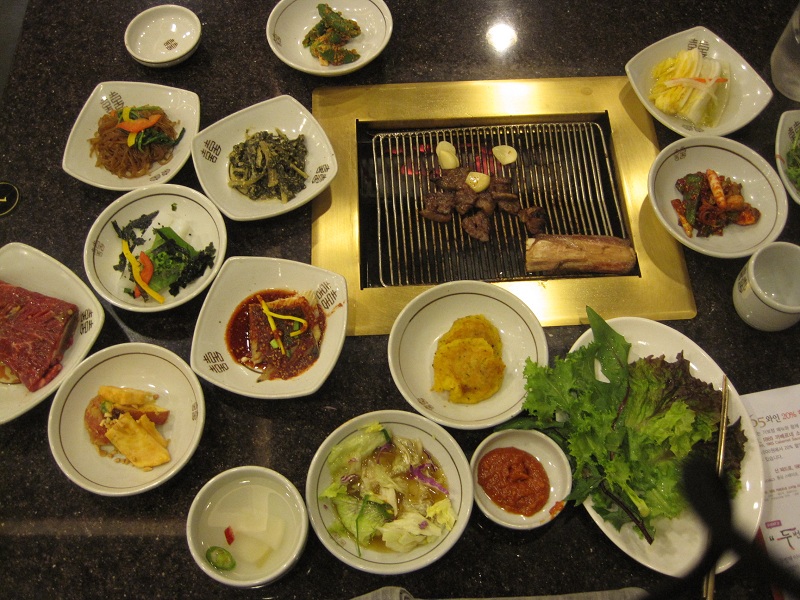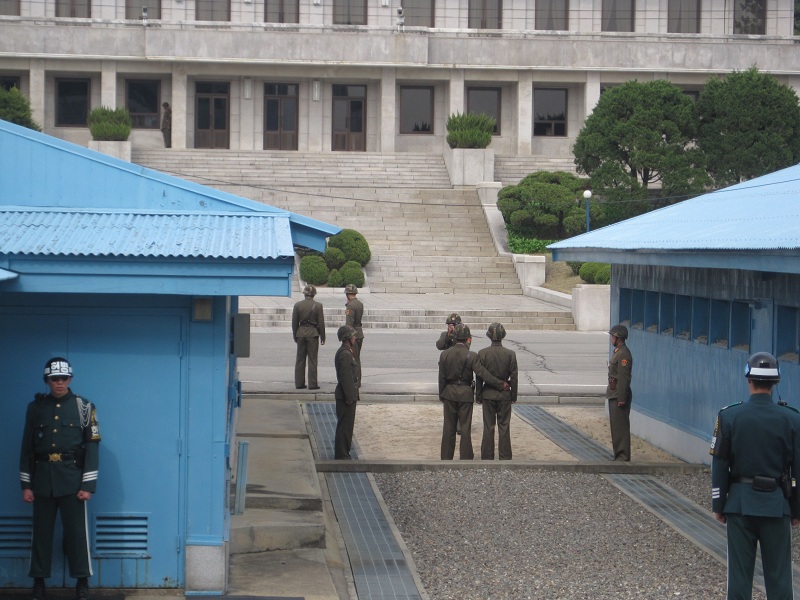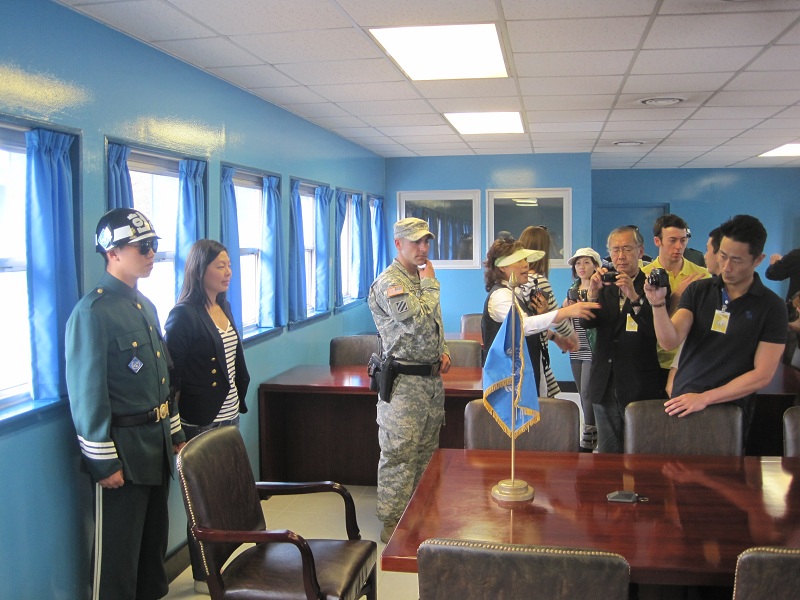Wednesday 25 April 2012
Korea
A former colleague of mine from IBM is now a senior executive at Samsung and offered to have them sponsor me in a visit to Korea, to talk about mobile Web browsers and Tizen. I thought it would be interesting, and it was.
The main part of my time there was Monday, when I spent nearly all day giving presentations of my thoughts on various aspects of Mozilla's mission and work:
- Mozilla's mission in the mobile Web era --- mostly the same as my talk in Sydney last year.
- Architectural overviews of various Mozilla products.
- Overview of our layer compositor framework.
- A discussion of 2D drawing APIs, and why we're doing Azure.
- Parallelism in Web browsers: what we're doing and what else could be done.
- A retrospective on XUL and browser extensions, and my thoughts on the future.
- Mozilla's work on open Web apps and app stores.
- Security models for open Web apps.
- BrowserID (borrowed from Francois Marier).
- Rust, Servo, the need for a new browser engine and the extreme risks of building one.
Samsung's campus in Suwon is quite fabulous and their people were very good to me.
However, the most interesting part of my trip was Tuesday. I got up before 6am and made my way to Seoul to pick up a tour of the North Korean border area. This tour stopped at Imjingak park first, then Infiltration Tunnel #3. This is a tunnel North Korea dug under the border, later revealed by a defector --- one of four found so far, but up to twenty are speculated to exist. It's made for short, non-claustrophobic people. Walking 500m hunched over is no fun, but the place is amazing.
After the tunnel we visited Dorasan Station, just outside the DMZ. It's a very impressive and almost entirely symbolic train station --- there's nothing around it, it symbolizes the desire to keep the train line running north into a unified Korea. A passionate desire for unification among many South Koreans was evident. Our tour guides spoke forcefully about Korea's troubled history in the 20th century and their desire to see a unified and independent Korea reemerge. (Our first guide was quite frank about the atrocities of the Japanese colonial period, which was a bit awkward since there were a lot of Japanese tourists on our bus.)
They had a North Korean refugee with the tour to talk first-hand about the horrors of life in the North. I've read some of the stories of refugees and defectors, and those stories make me sad and angry, but actually meeting a refugee was mostly humbling. This was a middle-aged woman who'd escaped across a frozen river on the Chinese border in the middle of winter, and then for two years worked her way to South Korea through China, Laos, Vietnam and Cambodia, on the run from the authorities the whole time --- just a few years ago.
The best part of the tour was the Joint Security Area. That's the village right on the border where soldiers of both sides are stationed and where officials meet. There have been all kinds of crazy incidents there (check Wikipedia), and I find it incredible that they allow lots of tourists to visit it. You can stand close to the border and take pictures of the soldiers and buildings on the other side (but not the south side!). You can go right into the building where officials meet, where the border runs right through the table in the middle of the room, and even walk around the table to the North Korean side. (The North Koreans and South Koreans have a sort of protocol for taking exclusive access to the building for their tour groups.) While we were in there, there was a group of North Korean soldiers right outside the building windows, inexplicably taking photos of each other posing in front of the border. Towards the end some of them took photos of our group through the window, no more than an arm's length away.
There are all kinds of interesting facts associated with the DMZ and JSA, too many to go into here. I'll mention that the South Korean guards stationed at the JSA border are the best of the best --- must have a black belt in taekwondo or judo, university education, speak a foreign language, sufficiently handsome, sufficiently tall, parents not divorced, etc. While tour groups are present, they stand completely motionless and silent in carefully designed poses. Wearing dark sunglasses, in immaculate uniforms, they all look identical. Some people had their photos taken standing next to the guards in the meeting room (but not too close, we were repeatedly warned). It's surreal.
In fact the whole scene is surreal. I find it a little disturbing that the elite soldiers of perhaps the world's most repressive regime, and the contested border they guard, have been turned into a tourist attraction. I suppose we should hope it stays that way. At various points I prayed that before too long the border will be a relic, as is the Berlin Wall.
I got back to Seoul around a quarter past five, and learned something else about South Koreans: they work hard. Samsung had sent a car to take me back to their Suwon campus for a few more hours of meetings. It didn't bother me, since I wasn't going home to my family that night anyway, but a fair number of people were still working by 9pm, and I was told that most of them had arrived early that day. Impressive work ethic, and I suppose it's a partial explanation for South Korea's remarkable rise, but I think a bit unbalanced for healthy family life.
I really enjoyed my short visit. I found the country fascinating, and the people were very friendly and polite. I was surprised by the amount of English signage; even a little snack shop in Seoul had English I could point to to order. All the food was excellent --- now I finally have some idea of what real Korean food is like :-). I have to say though, that living there would not be attractive to me; the landscape is too relentlessly urban, and I cherish my New Zealand lifestyle.





Comments